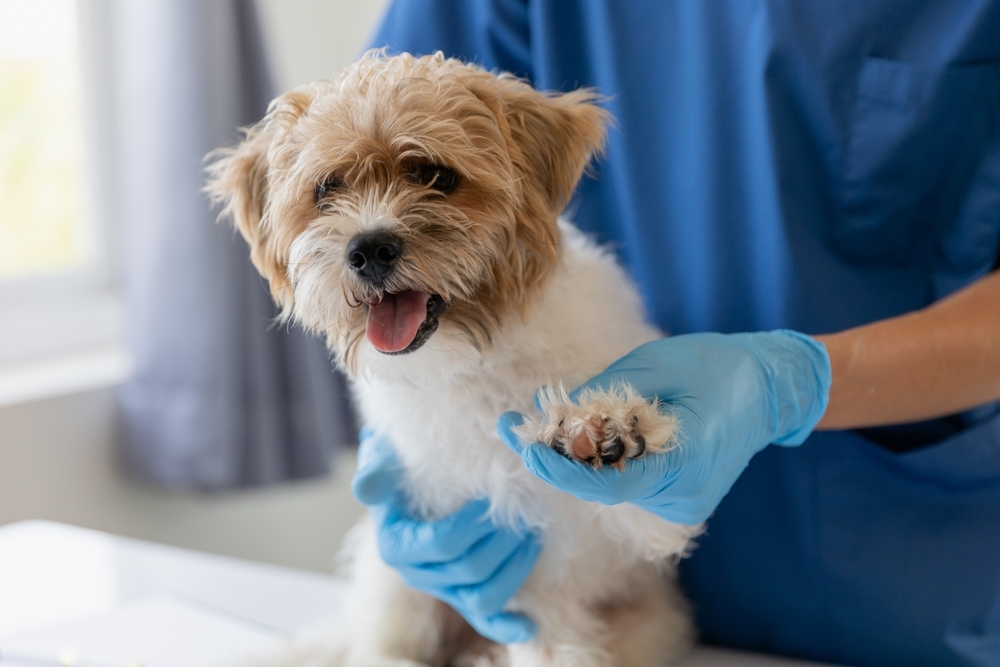Welcome to a new era in veterinary care, where technology meets compassion to provide pets with the best possible health outcomes. At Cobb & Co. Veterinary Clinic in Elgin, Illinois, we pride ourselves on integrating advanced diagnostic imaging like digital x-ray into our practice. This commitment not only demonstrates our dedication to top-tier veterinary care but also enhances our ability to diagnose and treat pets effectively.
What is Advanced Diagnostic Imaging?
Understanding Diagnostic Imaging
Diagnostic imaging encompasses various technologies used to visually represent the interior of a pet’s body. This can include:
- X-rays: Offered at Cobb & Co.! Ideal for viewing bones and specific body structures, such as detecting fractures or dental issues.
- CT scans: Offer a detailed look at the body’s three-dimensional structure, crucial for identifying complex fractures, tumors, and internal bleeding.
- MRI: Provides detailed images of soft tissues, such as the brain and muscles, making it indispensable for diagnosing neurological conditions or soft tissue injuries.
- Ultrasound: Primarily used for examining internal organs and pregnancies, vital for assessing heart conditions or abdominal irregularities.
For more detailed information on these technologies, you can read about Types of Veterinary Medical Tests.
Advancements in Veterinary Imaging
Recent advancements in veterinary imaging technology have significantly improved the precision and functionality of diagnostic tools. These developments allow veterinarians to obtain clearer, more detailed images, facilitating better analysis and understanding of various health conditions. From enhanced digital X-rays to sophisticated MRI machines, these advancements support deeper insights into pet health, leading to more accurate diagnoses. For instance, the use of 3D imaging software in CT scans can help in reconstructing detailed anatomical models, which is particularly useful for planning complex surgeries.
Key Benefits of Advanced Imaging for Pet Health
Accurate Diagnosis
Advanced imaging technologies enable veterinarians to make more accurate and quicker diagnoses, reducing the time pets endure without a clear treatment plan. For instance, an MRI can swiftly detect brain tumors, allowing for immediate intervention, while a CT scan can reveal minute fractures that regular X-rays might miss. This level of accuracy is crucial in emergencies, such as when a pet is involved in a trauma incident, ensuring that internal injuries are not overlooked.
Improved Treatment Plans
With precise imaging, treatment plans become significantly more effective. Detailed images help in planning surgeries, predicting outcomes, and monitoring recovery. For example, ultrasound imaging is crucial in diagnosing cardiac issues, allowing for tailored treatment regimens that directly address the root cause. In chronic conditions like kidney disease, regular imaging can monitor the progression and adjust treatments accordingly, potentially prolonging the pet’s quality of life.
Early Detection of Diseases
Early detection is critical in managing and treating chronic diseases or conditions. Advanced imaging can identify diseases before they become life-threatening, providing an opportunity for intervention that can substantially alter the course of the disease and enhance the quality of life for pets. For example, early detection of cancerous growths through imaging can enable surgical removal or other treatments before the cancer spreads.
When Your Pet May Need Diagnostic Imaging
Various symptoms might necessitate different types of diagnostic imaging. For instance, if your pet is experiencing neurological issues, an MRI might be recommended. Other indicators include persistent vomiting, unexplained weight loss, or difficulty breathing, which might require an ultrasound or CT scan to investigate further. Talk to our team about when to consider advanced imaging for your pet- start by visiting our Sick Pet Visits page.
Understanding the Cost and Value of Advanced Imaging
Investing in Your Pet’s Health
While the cost of advanced imaging may seem high, the value it provides in diagnosing and treating pets efficiently cannot be overstated. Early and accurate diagnosis facilitated by these technologies often leads to less invasive treatments, quicker recoveries, and more cost-effective long-term care. Various insurance options can help manage these costs. Investing in pet insurance that covers diagnostic imaging can significantly reduce out-of-pocket expenses and ensure pets receive timely care.
Tips for Pet Owners
How to Support Your Pet Post-Imaging
- Monitor Behavior: After imaging, especially if sedation was used, keep an eye on your pet for any unusual behavior such as disorientation or lethargy.
- Comfort and Rest: Provide a quiet and comfortable space for your pet to recover. Ensure they have access to fresh water and a soft bed.
- Follow-Up Care: Adhere to any follow-up appointment schedules to ensure proper recovery and effectiveness of the treatment plan.
Advanced diagnostic imaging is revolutionizing veterinary care, providing deep insights into pet health that were not previously possible. At Cobb & Co. Veterinary Clinic, we are dedicated to utilizing these technologies to enhance the health outcomes of pets.
Whether it’s through early disease detection, accurate diagnosis, or effective treatment planning, our advanced imaging services are integral to comprehensive pet care. For any questions or to schedule a consultation, please Contact Us.







Leave A Comment